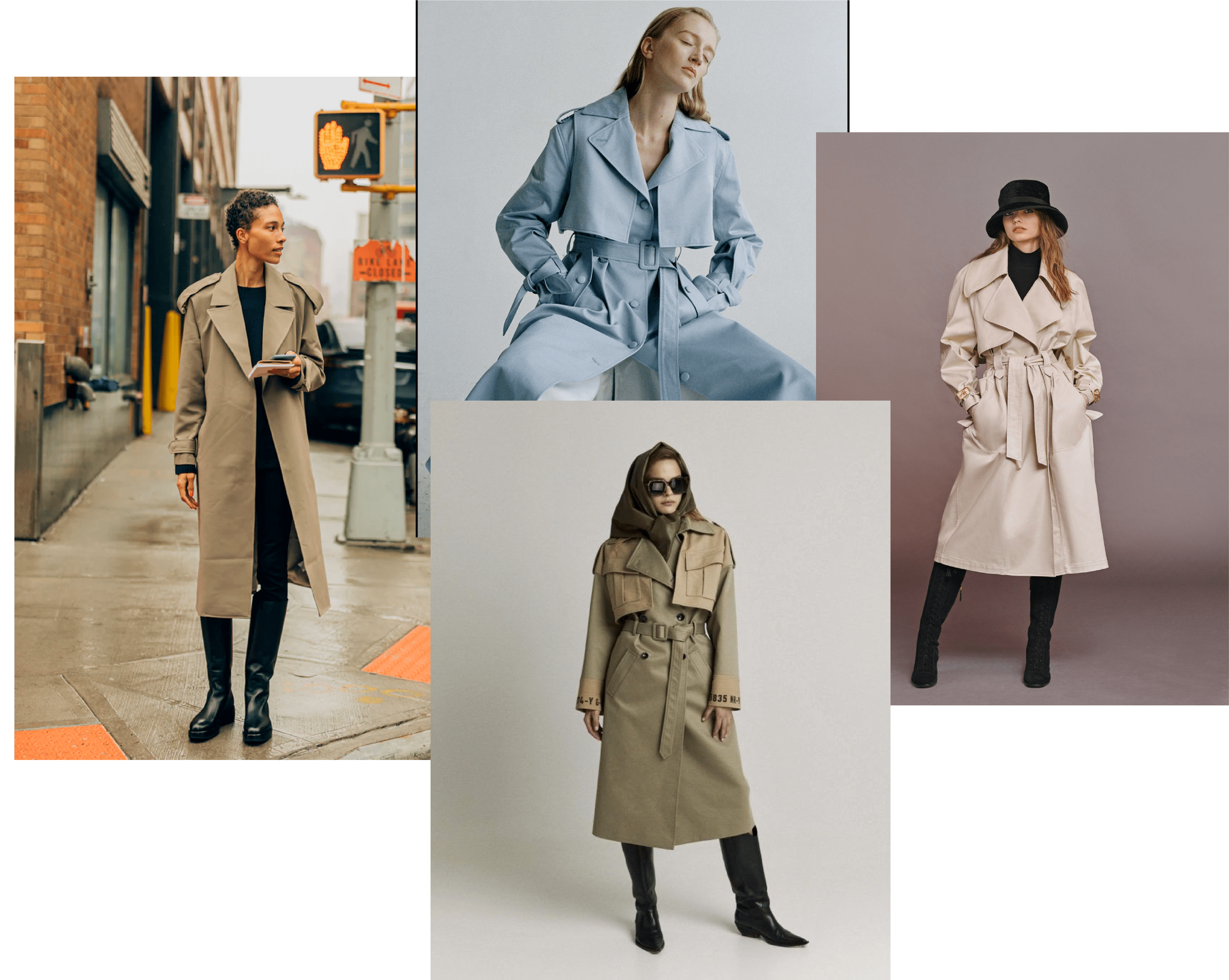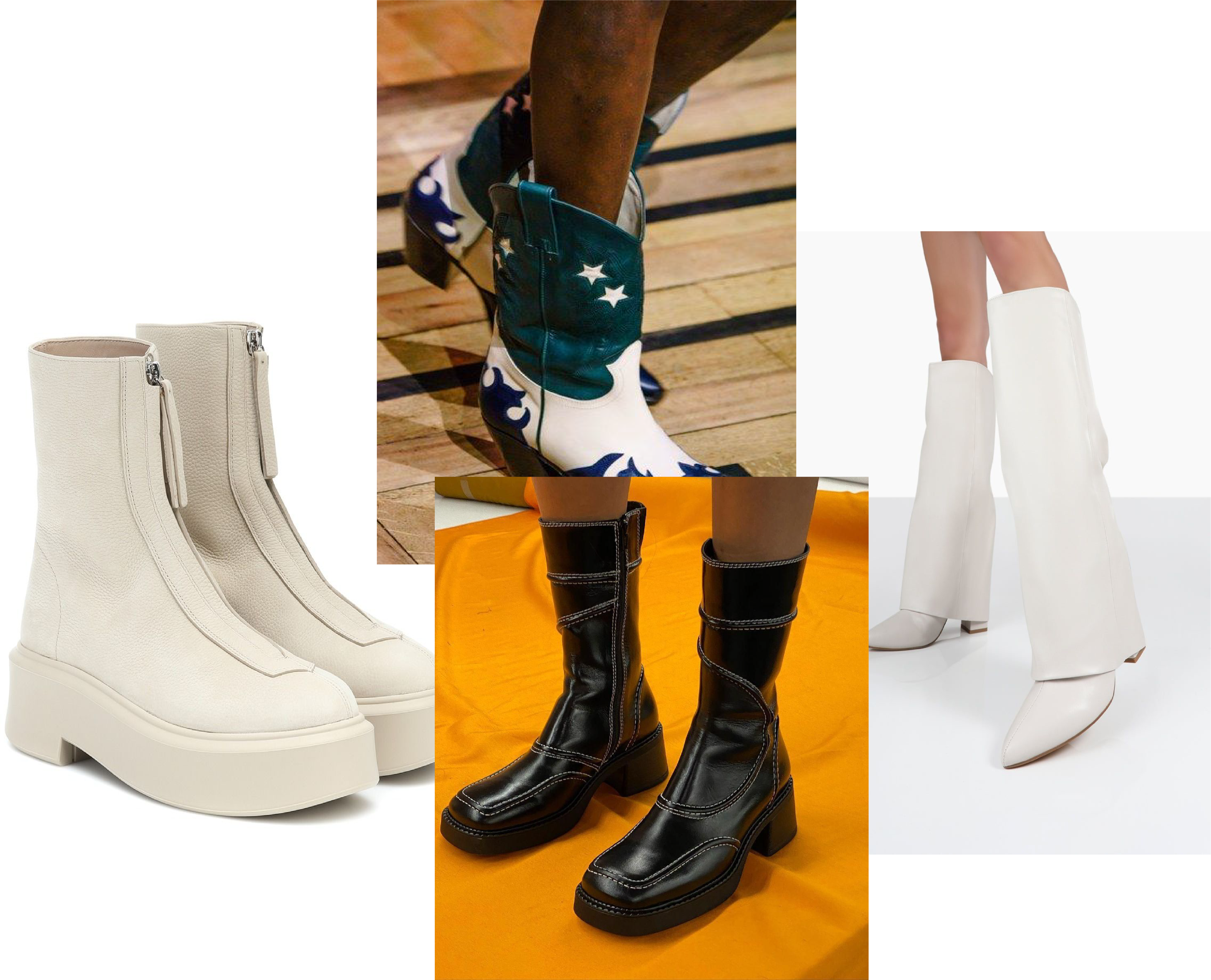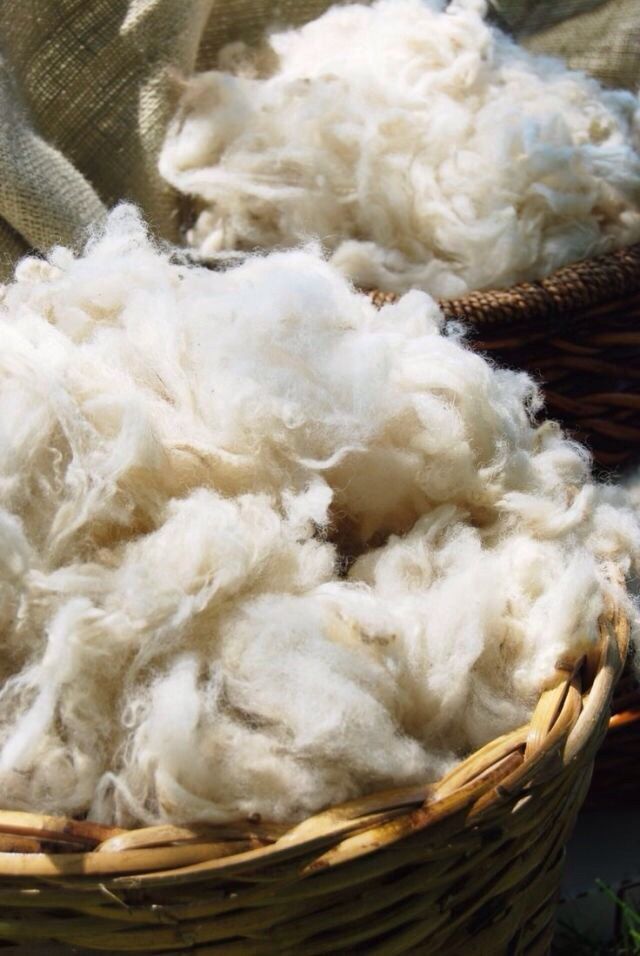
Preparing For Spring
The scene is Spring; Birds chirping, colours blooming, sun shining, and you standing in the midst of it all with a silhouette that glowingly stands tall.
By the time you finish reading this, you will have all the tools to bring this vision alive.
As we transition to get to the light, colour, freshness that is Spring, we have to navigate the climate and best align our fashion to this shift, while staying true to our unique style.
There are 3 phases of Spring that we experience throughout the season that we should always consider when styling. First is the transition from winter to spring, which has slight chilliness and new rain to set us up for warmer weather. Next is peak spring; the sweet spot where the colours come alive and the weather is warm. Finally we have the transition from spring to summer where things begin to heat up and clothing becomes minimal
Toronto, Ontario Spring Temperature Ranges:
March: 5/-2 degrees
April: 11/4 degrees
May: 18/10 degrees
Here are 5 principles and staples that you need in your closet this Spring.

1.) Light Jacket: Trench coat
Essential for the transitional portion of the season that brings lots of rain and cooler weather. Trench coats are timeless and have the versatility to dress them up or down. They come in many colours, patterns, and cuts that can elevate any outfit. Ideal for March and April temperature ranges.

2.) Water resistant footwear
April showers bring May flowers and footwear that is water resistant and stylish will keep you ready for any Spring weather. Many light boots have water resistant qualities and are perfect for transitional weather.

3) Colours Complementary to the Season
Warm, fresh, and light colours are complementary to the season, thus making great additions to your wardrobe. Just as we tend to wear the rich and earthy colours of Fall during that season, doing the same for Spring is ideal. What a pleasure to live in Canada and experience the dynamic bliss of four different seasons.
Fully embrace the beauty of your environment through style and walk with confidence knowing that you are working with your conditions rather than against them.

4) Sandals
No better way to take advantage of warm weather than allowing your feet to breathe in style. Sandals are a key for the last phase of Spring when weather warms and you happily step into Summer.

5) Light and natural fabrics
As clothing becomes minimal with warmer temperatures it is important to find the best ways to stay cool. One way is to make sure you are wearing cottons and linens. Natural fibres are the most sought after because they are not just durable, long lasting, and breathable but also environmentally friendly.
They are considered the highest quality and this is measured by durability, softness, and breathability.

COTTON
Cotton is one of the most versatile and breathable natural fabrics. An indicator for the durability of cotton would be the length of its individual fibres which can be seen with the naked eye. Cotton made from long fibres are high quality because they are spun into a finer yarn that makes them last longer.
The length of the fibre also ensures that the ends can be finished cleanly because they are evenly woven into the fabric.

This evenness makes the fabric incredibly soft. The last factor is cottons’s breathability. Because it is woven finely together, it eliminates the tiny air pockets between individual threads that provides it with thermal insulation.
Thermal insulation prevents feeling unnecessarily sweaty.
It is important to consider that although cotton has great benefits, there are some downsides that come with this and that is, it often shrinks after washing it.
LINEN
Linen is known to be the strongest natural fibre in the world. It’s resilience allows it to hold it’s shape after washing and with standing. This same fabric was used in Ancient Egypt to wrap mummies, exemplifying its richness and longevity. Linen fibres are thicker and stronger than cotton
It is also extremely breathable, does not stick to skin, and absorbs perspiration from your skin. Due to it’s molecular structure linen is able to take in 1/5 of it’s weight before feeling damp or wet. This means it takes longer to feel wet, while evaporating at a quicker rate than cotton.
With any positive comes a negative, and one of linen’s downsides is that it wrinkles easily. Interestingly, this downside may be seen as a positive since its wrinkles may add to the charm and allure of it.

CONCLUSION
Elevate your styling journey by stepping into the W10 Experience. Through our full couture house and image consulting services you will discover and implement your best stylistic practices with the professional guidance.
From Colour Analysis, Fashion Fit Formula, Wardrobe Audit, and Personal Shopping to Couture, embrace the ease of having a private and personalized experience.
Start now with your Complimentary 30 Minute Consultation.

